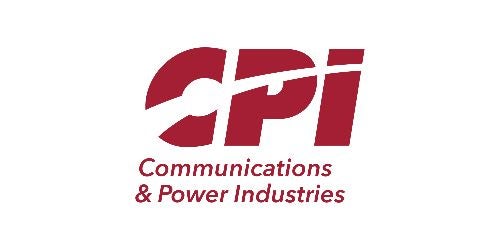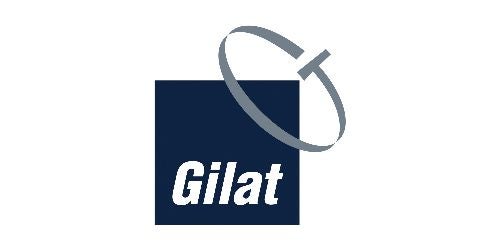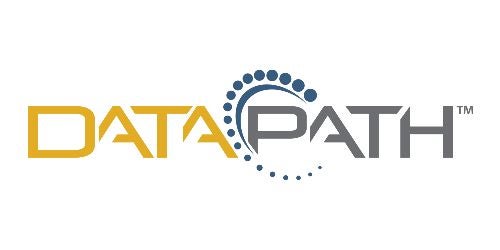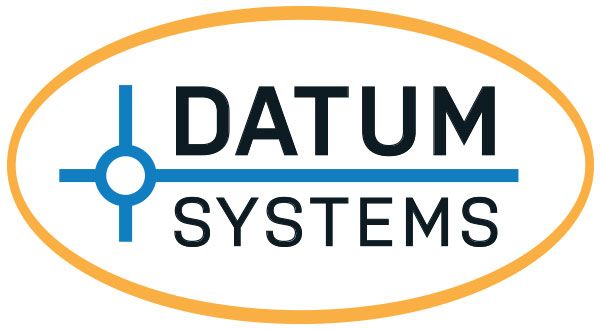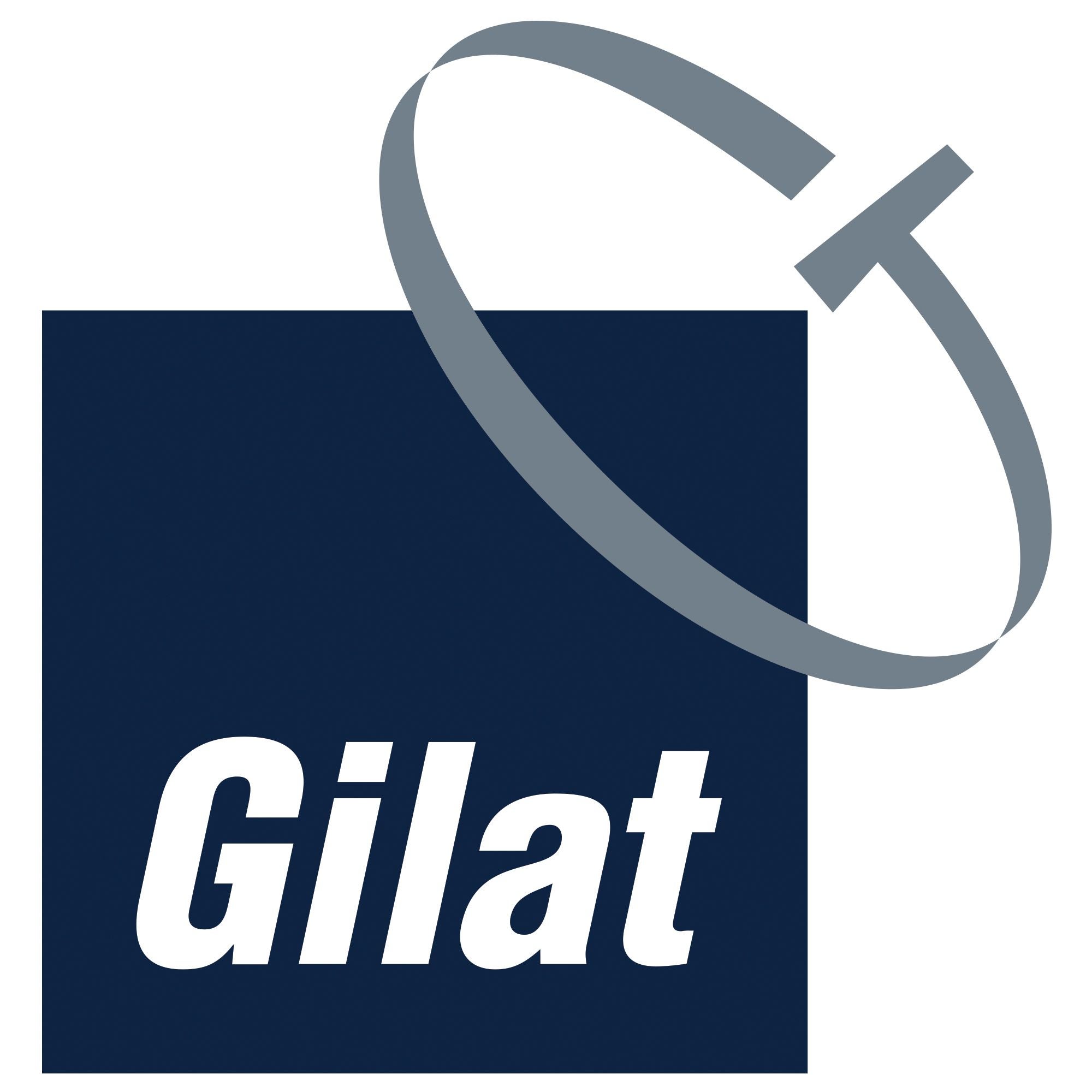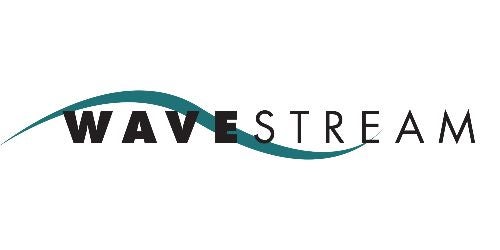An Open Letter from the Digital Interface Standards Working Group to the SATCOM Industry


An Open Letter from the Digital Interface Standards Working Group to the SATCOM Industry urging the development of an open standard to replace L-band IF, paving the way for interoperability, improved performance and costs.
Twenty years ago, our industry undertook a major transition from 70MHz IF to L-Band IF to improve earth station reliability and reduce complexity. Today, we are embarking on the next radical transition from L-band to a fully digitalized interface. The development of an open standard will enable us to deliver the most advantages at the lowest cost, allowing all manufacturers to build interoperable technologies that work in both open and closed network topologies. The Digital Interface Standards Working Group (DIS) is pleased to announce the work that has been completed to date and our desire to open the Working Group to participation by a larger portion of the SATCOM industry.

Along with increased demand for higher throughputs and the availability of more satellite bandwidth comes the need to deploy and manage networks on a much larger scale. We aim to utilize the available bandwidth more flexibly and enable the use of higher-order modulations to improve bandwidth efficiency. The currently available technologies in the SATCOM industry have reached a point at which the traditional analog L-Band modem to RF interface is impeding realization of these goals.
Leveraging the latest virtualization, cloud computing and network function virtualization technologies, we can improve the performance and scale of satellite hub, gateway and modem equipment with this open standard. Digital signal processing techniques and hardware have advanced to levels at which amplifier impairments such as distortion and gain ripple can be substantially mitigated. Coupling a digital signal representation of the modem Transmit (TX) output and Receive (RX) input to modern frequency conversion techniques will allow flexible mapping of signals onto a multi-GHz RF spectrum allocation without requiring a multi-octave analog IF signal or an arbitrary segmentation of the RF bandwidth. All of these potential improvements to operation and performance can be enabled by a digital modem-to-RF equipment interface.
We believe interoperability and standardization is critical for the advancement of the SATCOM industry and have formed the DIS Working Group aimed at developing this open interoperability standard as a step towards realizing these advances.
While the goal of this Working Group is the development of an open digital interface standard, this interface standard can help accelerate the deployment of a number of other technologies:
I. Application Virtualization
This will enable the transformation of gateway, baseband and modems into virtualized functionality that can be run on private or public cloud platforms. Virtualizing baseband and modem infrastructure allows leveraging “off-the-shelf” standard services and hardware on which we can overlay our virtualized technologies. Virtualization of multiple waveforms onto a single hardware platform also offers substantial advantages for airborne in-fight connectivity systems operating globally, as well as for transportable tactical terminals in defense applications. Digitizing the RF signal is a prerequisite to the virtualization of modulation and demodulation functionality. The virtualized satellite modems need to interoperate with RF equipment over such a digital interface. An open standard will ensure these virtualization efforts will take place in an environment where all stakeholders can participate and bring technologies of the future to SATCOM today.
II. Enhanced Digital Signal Processing
We aim to take advantage of a digital input to Block Upconverters (BUCs) to implement digital impairment mitigation processing, such as equalization and digital pre-distortion. Mitigation of these types of impairments will be key for operation at very high-order modulations needed for improved bandwidth efficiency. Even for legacy waveforms, such impairment mitigation can result in reduced power consumption and heat dissipation bringing higher RF power in the same or even smaller, more efficient physical size.
III. Revolutionizing the Physical Interface
The benefits described above will also be implemented into airborne applications. Here, reduced weight and reduced electromagnetic susceptibility through the elimination of the analog signal (and the heavy coaxial cable on which it is carried) is a significant benefit. Additional performance benefits and efficiency improvements provided by digital signal processing can be realized through impairment mitigation, further increasing the attractiveness of such efforts to stake holders at various levels of the supply chain in the Satcom ecosystem.
To date, the DIS Working Group represents a varied cross-section of the SATCOM industry. With this announcement, we welcome all interested parties to reach out and express their level of interest in guiding the rest of the open Digital Interface Standard for SATCOM applications. For more information, please contact Jim Rosenberg [email protected].
Signed,
Tim Shroyer, Chief Technology Officer, Communications & Power Industries LLC's (CPI's) Satcom & Antenna Technologies Division
David McDonald, Executive Chairman & CEO, DataPath
David Koblinski, President, Datum Systems Inc.
Dubi Lever, Chief Technology Officer, Gilat Satellite Networks
Mason Hereford, Vice President, Ground Systems Engineering, SES
Frederik Simoens, Chief Technology Officer, ST Engineering iDirect
Dr. Jim Rosenberg, Chief Technology Officer, Wavestream
See the full New Ground Content Collection, curated by Via Satellite for STE Engineering iDirect.
